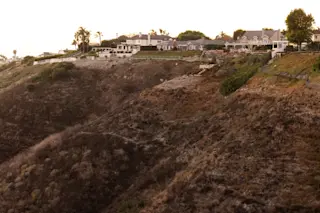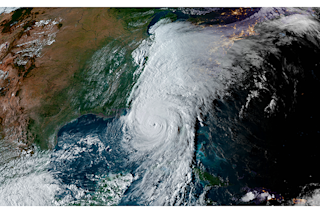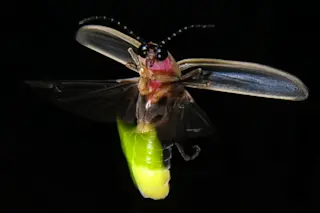What’s the News: For a mosquito, venturing out during a heavy rainstorm means risking collisions with droplets 50 times its weight---but this doesn’t deter it from living in humid, rainy climes. In fact, researchers have discovered that the mosquito’s low mass, along with a sturdy exoskeleton, helps it weather (so to speak) the impacts of raindrops without much trouble. How the Heck:
http://youtu.be/6M9ygdLqbkM
The researchers confined three-millimeter-long Anopheles mosquitoes in a “drop impact chamber,” an acrylic cage five centimeters wide and twenty centimeters tall. To keep the mosquitoes confined and airborne, a mesh top blocked the insects’ exit while still admitting water droplets, and the cage vibrated once every few seconds to prevent the bugs from landing on the walls.
A high-speed camera filmed the collisions as the researchers either pumped jets of water into the chamber with the speed of a falling raindrop, or released slower droplets to let the camera get a better view. Although a direct body hit could drag the bug down in a five- to twenty-body-length fall before the mosquito escaped the water, droplets tended to hit the mosquitoes’ long wings and legs instead, rolling off their water-repellant bodies and only slightly skewing their flights.
Even after directly striking an insect, a drop’s speed barely slowed, and, although it deformed slightly, it did not break open as a raindrop does on a solid surface. Mosquitoes have too little mass to significantly impede the droplet’s motion, the researchers theorized, which means the collision only exerts a miniscule force incapable of harming the insect. A serious injury could only occur if the mosquito was flying so low that its droplet-induced fall smashed it to the ground. Further tests on “mosquito mimics,” Styrofoam spheres whose mass varied relative to that of the water droplets, supported this hypothesis.
A mathematical model supported the notion that the lighter the object, the less force a water droplet exerted on it: an airborne mosquito struck by a raindrop feels a force equivalent to the weight of a feather. But a mosquito is so petite that even this feather-weight is many times heavier than the insect. Only the mosquito’s sturdy exoskeleton allows the bug to survive the collision.
http://youtu.be/LQ88ny09ruM What’s the Context:
DISCOVER previously featured David Hu, the corresponding author, before he published this work. Hu directs a lab at Georgia Tech that focuses on “biolocomotion,” or how animals move. In addition to studying mosquitoes, his lab investigates topics like the swarming behavior of ants, insects that walk on water, how snakes’ scales help them climb surfaces, and the mechanics of dogs shaking themselves dry.
Species alive today have evolved to be experts at moving through their environments. But as biolocomotion studies demonstrate, they do so in a wide and fascinating variety of ways, often taking advantage of surprising yet simple physical principles.
The mosquito is a prime example of a creature well-adapted to move through its habitat, thriving in rainy climates despite the fact that a raindrop-mosquito collision is equivalent to a bus smashing into a human. While a human would be crushed like a bug, a mosquito takes advantage of Newtonian mechanics to survive this environmental hazard, demonstrating just how clever evolution can be.
The Future Holds:
Micro-airborne vehicles are tiny flying robots capable of spying or finding victims in search-and-rescue scenarios. Hu suggests that these insect-like robots could benefit from adopting mosquito traits that help them deal with rain, such as water-repelling hairs and long legs that help the mosquito wriggle out of a droplet.
But even if robotic versions of these insects never take off (so to speak again), Hu's research has provided humanity with an invaluable lesson about mosquitoes: not even rain can ward off these pesky bloodsuckers.
Images: Nowack, Dickerson, Hu, Georgia Tech













